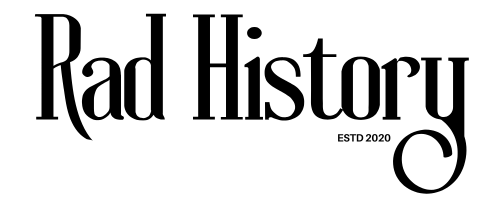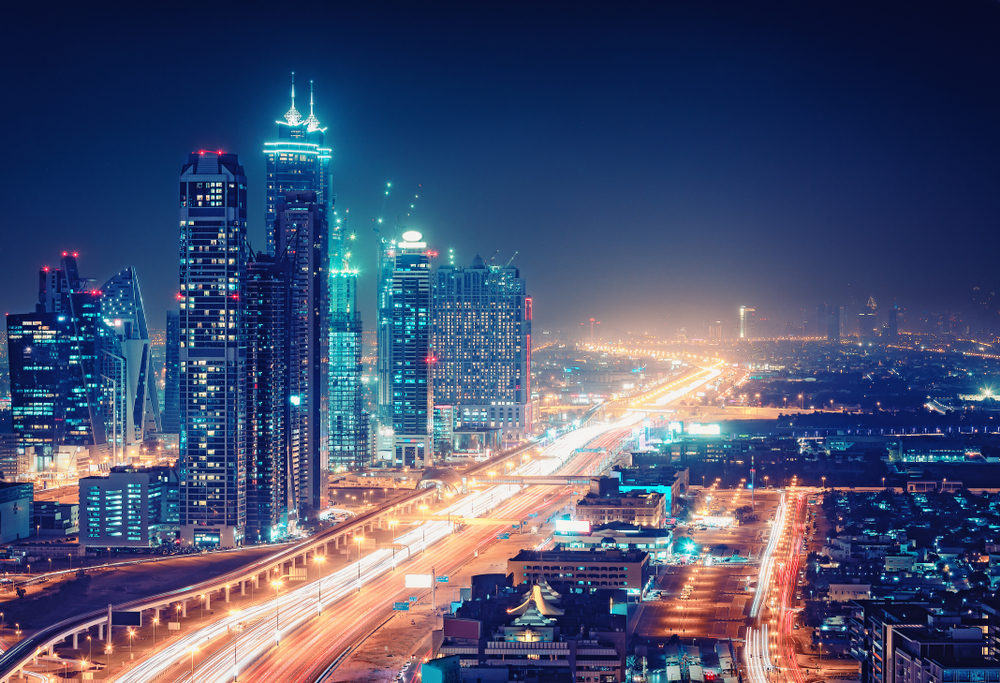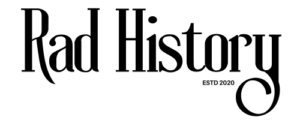During the last decade, an urban migration has been quietly underway as millennials that seemed to thrive in cities have slowly moved to the suburbs, smaller cities, and beyond. This is reminiscent of the waves of urbanization and the de-urbanization that we’ve seen in the past. A notable example is the 1930s Dust Bowl exodus that was followed by the suburban move after WWII. These moves shape the culture and demographic profiles of cities in dramatic ways.
Moves of this nature are typically driven by a number of factors, such as lifestyle value changes, cultural identity shifts, technological change, economic pressures, and more. So, let’s look at rapid growth of cities in the 20th century due to industrialization followed by waves of reversals to suburban and rural areas.
The Historical Movements in Context
At the beginning of the 20th century, there was a rapid growth in the population of American cities driven by immigration, industrialization and advances in technology. By 1920, for the very first time most Americans lived in an urban area. This was a huge transformation in how and where people lived and worked. Cities like Chicago, Philadelphia, New York, and others, were swollen with workers filling the new factory jobs. Urban life for most people was an unknown concept and the vibrant life was a novelty for a while. But, this rapid growth strained the cities, tenements were overcrowded, there was stark social stratification, and the conditions were unsanitary.
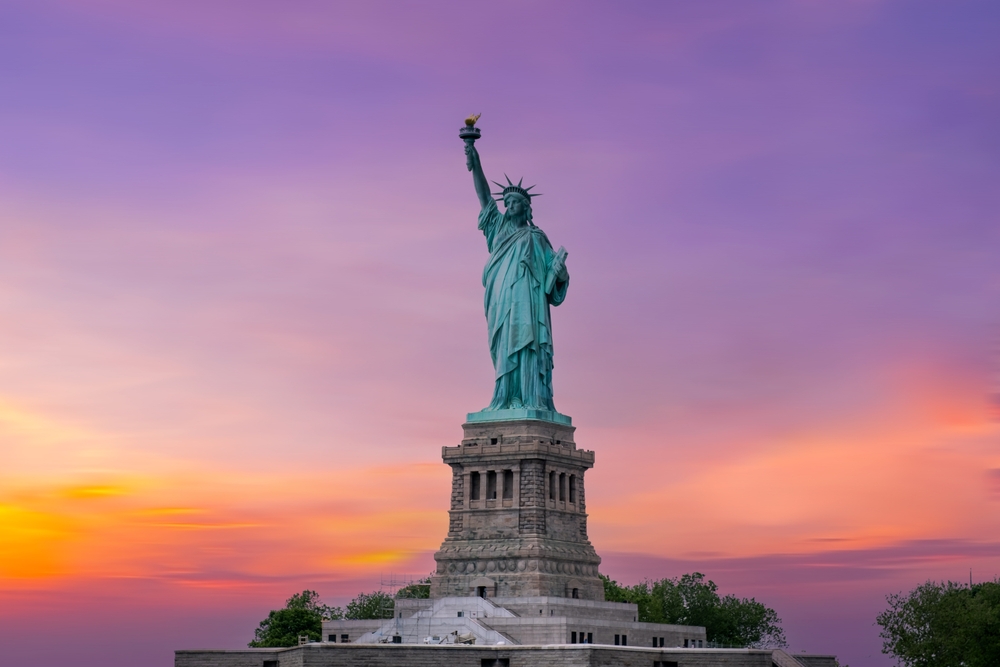
This early move into the cities was the nucleus for the drastic migration reversal that followed. In the 1930s, the Dust Bowl forced hundreds of thousands of agricultural workers off the land and they migrated westward across the Great Plains. They were seeking a new start in the newly forming urban areas springing up in California. The environmental catastrophe was exacerbated by the stock market crash of 1929 which damaged the economy. New populations entered these cities and other people moved away and the demographic makeup changed again.
The next and arguably most lasting demographic reversal took place after WWII. The war veterans returned home, the GI Bill and other incentives prepared them for fresh career opportunities. The economy was buoyant and people moved from the cities into the suburbs that were spreading out in all directions.
Automobile culture and highway construction fueled this move and made commuting to work a reality. Now the new American middle and working class could have some privacy, space, access to nature and a yard for a cookout on the weekends. This shift to the suburbs dramatically altered the racial and social demography as white people left the urban cores which then faced disinvestment and economic decline.
This trend persisted for decades, but in the late 20th century the cities began to lure younger professionals back. The economic shift from manufacturing to service and tech industries necessitated investments in infrastructure. Cultural amenities were made available, public transit systems were upgraded and historic preservation projects were greenlit. It was the parents of the millennials – GenXers and late Boomers – who were the main embracers of the shift back to the cities.
Millennial Magnet Cities of 2025: Where the Big-City Exodus Is Leading
| Rank | Destination Metro Area | % Millennials as New Arrivals | Key Drivers |
|---|---|---|---|
| 1 | Alexandria, VA | 12.67 % | Proximity to Washington, D.C.; access to jobs and transit |
| 2 | Cambridge, MA | 12.15 % | Elite universities, strong biotech/tech hub |
| 3 | Denver, CO | 11.78 % | Outdoor lifestyle, rising tech/jobs |
| 4 | Sandy Springs, GA | 11.63 % | Suburban affordability + Atlanta access |
| 5 | Seattle, WA | 11.51 % | Tech jobs, urban amenities |
| 6 | Sunnyvale, CA | 11.20 % | Heart of Silicon Valley |
| 7 | Santa Clara, CA | 10.88 % | SV tech jobs, high wages |
| 8 | Arlington, VA | 10.78 % | D.C. proximity, transit, stability |
| 9 | Austin, TX | 10.69 % | Tech boom, lifestyle appeal |
| 10 | Orlando, FL | 10.49 % | Cost-effective, growing job market |
The Urban Millennial Boom and Retreat
The millennial generation spans from 1981 up to 1996 and at first, they showed a strong propensity for urban life. In fact, they were even described as the “urban generation” due to their affinity for nightlife, mass transit, culture, and knowledge-based jobs. Some studies conducted in the early 2010s noted a significant surge of millennials into New York, Seattle and San Francisco.
In 2008, the global financial crisis further drove this trend as stagnant wages and limited jobs made city renting preferable to suburban home ownership. Millennials were satisfied for a while because city living aligned with their values, such as sustainability, diversity, access to experiences, and more.
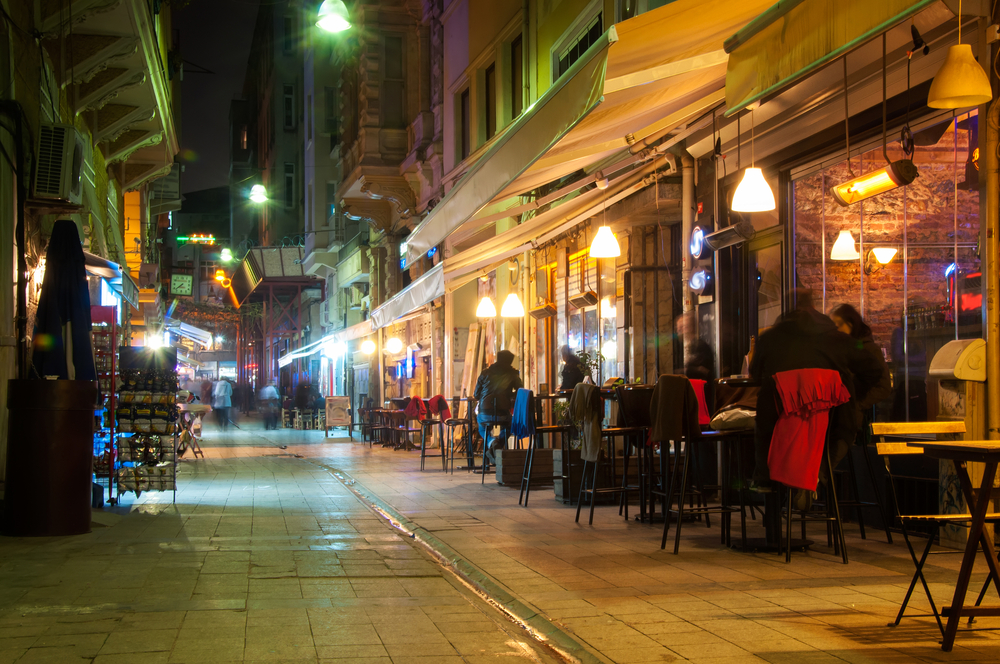
By the late 2010s, this was changing. The urban dominance of millennials ended and the larger metros were losing this population. This generation was becoming attracted to smaller cities and select suburbs with an improved quality of life and affordable homes.
The Covid-19 pandemic accelerated this trend as remote work became a viable option and lockdowns had made cities a less attractive place to live.
Millennials soundly discovered that they did not need to live within commuting distance of their jobs. The smaller cities and suburbs experienced a deluge of younger residents and the larger metros emptied. This was not a move back to the land, it was not a rejection of the urban living experience, it was more balanced than that. In a smaller city, a millennial has the lifestyle they want, space, affordability, most of the culture they need, and the social norms they expect.
What are the Core Drivers of This Move?
This is a complex topic, as there are a number of key factors that came into alignment to entice the millennials out of the larger cities. The most pressing concern was the rising cost of living in New York, Los Angeles, San Francisco and other cities. These places routinely rank as some of the most expensive places to live in the US and the world! The housing prices have accelerated over the past two decades and they have far outstripped wage growth. For millennials that may already have student debt burdens, it’s next to impossible to find affordable housing anywhere inside the city limits.
The homeownership dream that’s tied to suburban migration is a significant challenge even in a small metro. But, a home is attainable when the larger urban cores are left behind and the costs of goods and services are much lower. For many millennials, the financial strain of urban living was simply too much to bear and a change had to be made.
The second big game changer was the rise of remote work and the Covid-19 pandemic. Millennials that were not working in manufacturing were forced into a mass experiment where they worked from home. Both employers and employees found that most of their work could be done outside the office with a few simple changes.
This technological shift detached jobs from the expensive cities which widened their choices. These young professionals could now live and work in a small city or rural town with a great quality of life and a lower cost of living. Their career opportunities were not under threat and most companies out of necessity had adopted fully remote or hybrid policies. This new geographic flexibility meant that millennials could get the best of both worlds.

Another interesting aspect of this shift is that the smaller cities have transformed. Improvements in technology infrastructure, such as high-speed internet access, data centers, and co-working spaces made these small metros more viable for career driven millennials. There are no barriers to entrepreneurial ventures, remote work, start ups and more.
Many of these smaller metros spent their resources on downtown revitalization projects to create vibrant cultural events and local economies. These are very appealing to millennials and areas like this have appeared in Austin, Nashville, Boise, Raleigh, and other smaller metros. These areas are now an exciting alternative to those better known urban hubs, but they offer a great deal at an affordable cost.
Millennials are looking for lifestyle changes that place community, well-being and access to nature within their reach. The larger metros are crowded, polluted, noisy and less attractive for a new and growing family. As people age they are looking for a place that accommodates changes in life stages. The majority of millennials have expressed a desire for cleaner air, more space, and outdoor recreation. A suburb or smaller city can give a resident access to trails, parks, and a slower pace of life. This aligns with the cultural values of millennials which are localism, wellness, sustainability, and environmentalism. The older generations regarded a larger city as an important cultural and economic center, but millennials are now seeking more balance in their lives.
The shift in life stage and family priorities are often a driver of migration patterns. Millennials are now in their 30s and 40s, they are starting families, and they need an environment that supports them. So, their desire for urban excitement has been replaced with safer neighborhoods, the search for better schools, and outdoor spaces for kids. The allure of owning your own home with a yard and access to community amenities is very strong. A long commute is not a great fit for an improved work/life balance and they need a home that can fit each stage of their lives.
The Millennial Migration Phenomenon Mapped
All the data supports the preceding narratives. A prime example is New York City, which was a magnet for millennials before the pandemic. Now the population has shrunk by around 5% and the 25-39 (millennial) age group is the sharpest declining demographic. This is reflected in San Francisco which underwent a similar loss in younger renters. In Chicago and Los Angeles, there has been a slight decline and stagnation in the young adult population and a significant portion of that is millennials.
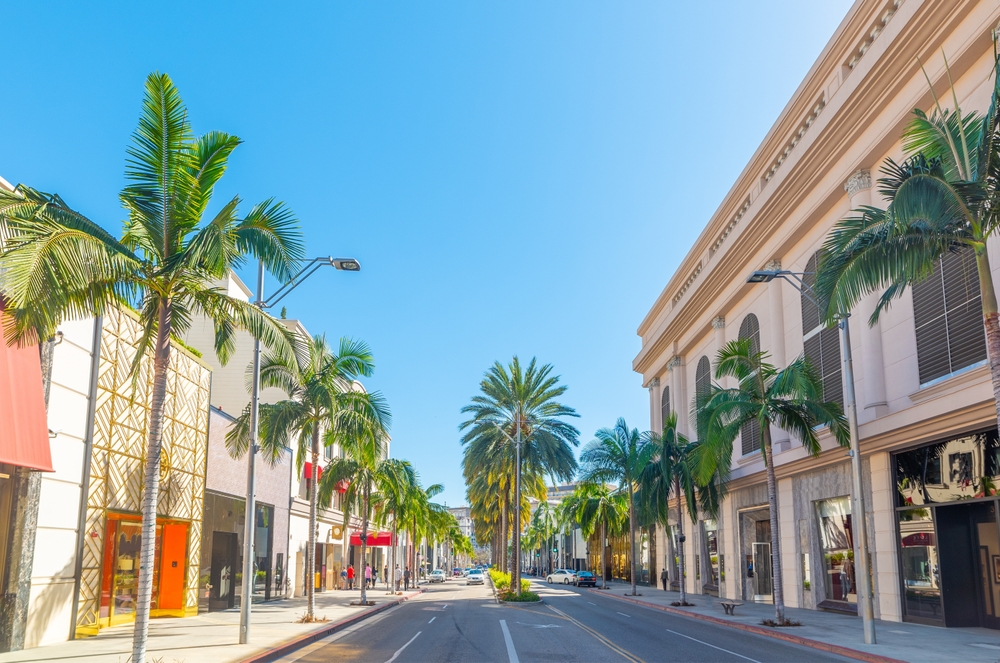
This is a sharp contrast to smaller metros and suburban areas where the growth in young adults has been significant. Places such as Austin, Boise, Raleigh, Nashville, and Salt Lake City are the new hubs for millennials. These cities offer a compelling mix of affordability, lifestyle amenities and job opportunities. The suburbs and exburbs in some of the major cities have grown their young adult populations by around 10% recently. Even certain rural areas that have been in decline for decades now have some young remote workers that need spacious and affordable homes.
The economic indicators support the migration patterns discussed here. The housing affordability indexes in the larger metro areas have degraded. But, those smaller cities have become more affordable or have maintained their pricing. Surveys on remote work have shown that 30-40% of millennials will continue to work remotely in this post-pandemic era. This underscores that this is a lasting shift that isn’t driven entirely by residential choices and affordability.
The Identity and Cultural Shifts
How millennials have reimagined their home as they move away from the larger cities has been a fascinating phenomenon. It would be easy to gloss over this topic and assume that economic necessity is the prime motivating factor. But, this is not the case. Millennials in their younger years were embedded in cosmopolitan identities. They thrived on the energy, diversity and culture of larger metropolitan centers. This was where they engaged with different perspectives, built social networks and found spaces to fully explore their identities.
This shift to a new phase of life where career stabilization, a search for deeper meaning in life, and the formation of families are prized requires something much different. There is a deep desire for connection to a community and a place to put down roots. This is more than a geographic area, it’s a sense of belonging that offers more meaningful social times and stability. This may seem like the millennials have abandoned their earlier urban aspirations entirely but this is not the case. They typically bring with them openness, inclusiveness, diversity, and culture that shapes their new communities. In a sense this is a creation of a hybrid identity that can revitalize a smaller city, town, or suburb.
In order to navigate these life changes, millennials have redefined how they evaluate their success and happiness in life. The drive for career advancement and the acquisition of wealth and material goods has been relegated. The focus now is on that illusive work-life balance, their social impact, good mental health, environmental responsibility, and how these values can be used to shape the wider community.
Millennial Migration Challenges
This may seem that millennials have got everything going their way, but there are significant challenges and criticisms to overcome. The rapid growth in the smaller cities and suburbs is placing additional strain on the existing infrastructure. This is particularly evident in the housing supply and access to social services. The new residents are slowly driving up the housing costs and this leads to accusations of gentrification. Some long-term residents find that they are becoming displaced leading to inequality in the area.
Any upsurge in population will inevitably lead to an impact on the environment. The move out of the larger cities can improve the living conditions for people. But, there is likely to be greater dependence on automobiles, more land is used, and carbon emissions are raised. Without sustainable planning it would be easy to turn a smaller city into a larger metro with all the same problems. Taking a balanced approach to growth with good stewardship is the ideal scenario.
The final major challenge for younger residents is that they may lack the finances and job security to make their move. The economic inequality is rapidly becoming entrenched in our society as the middle class begins to disappear. A great deal of private property is falling into the hands of large companies that want to corner the rental market. It’s becoming harder to buy a home and this is especially true in larger metros. Making a move to a smaller city, town, or rural area may be the answer, but it brings challenges. The choices are more limited, there may be disparities and cultural opportunities may be finite.

What is the Future for Millennials?
The abandonment of urban living is unlikely to be permanent and to a certain extent millennials are bringing the city with them as they move. They are creating a hybrid living model that combines the best of urban, suburban, and even rural living. Even the remote working patterns are hybrid in nature and these smaller cities are making changes to accommodate them. An increase in green spaces and keeping homes affordable is a challenge for the near future.
Where the millennials move, there is a revitalization of the local economy and the community is diversified. Sustainable growth is critical and the needs of this generation will gradually change. The impact on the real estate market is profound and the demand for property will increase over time. This will present opportunities for investors, developers, and sellers. The downside is the very real issue of gentrification and residents selling their homes because the area is becoming more expensive and they need to move.
This is an interesting time to observe the migration patterns of millennials to learn more about the cultural shifts of our time. The rapid move to a knowledge-based remote work ethos has removed the need for the commute and traditional office spaces. The confluence of technology and need has altered the workplace forever. With no need to be tethered to an expensive city there has been a desire to seek a more fulfilling life.
But, rather than fitting into a slower pace of life the millennials have brought the things they love about urban living with them. Whether this can be sustainable over the long-term remains to be seen, perhaps millennials really can have their cake and eat it.
